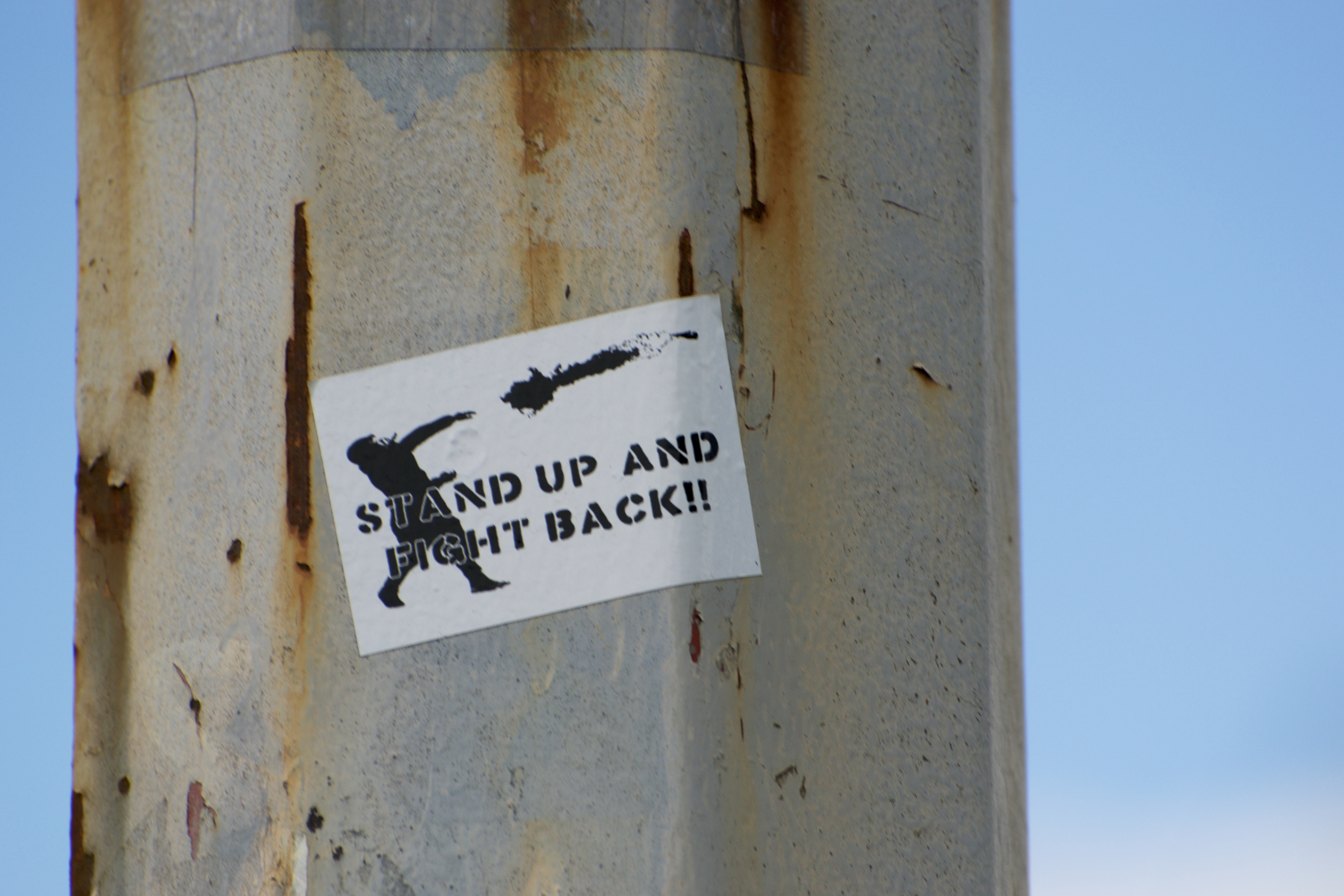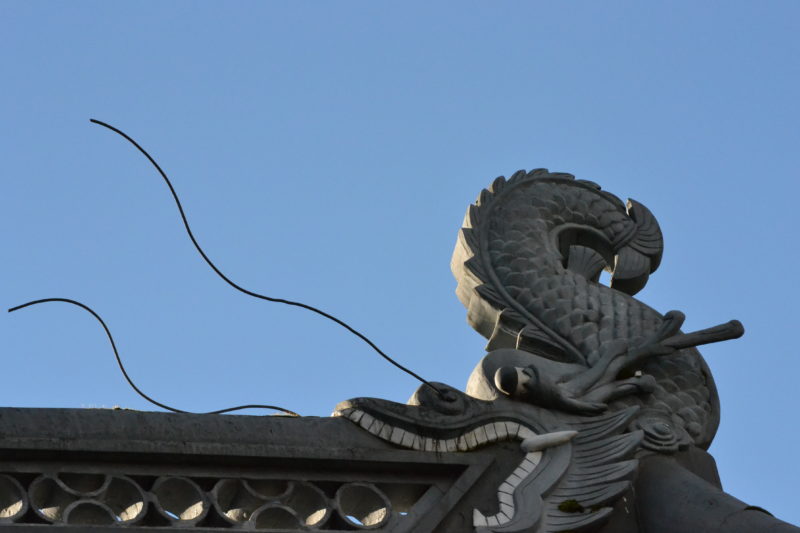Continuing from yesterday, here is another long take on what to do about fake news.

Yesterday I offered some suggestions why propaganda and other big lies are so successful in manipulating all of us. Some of us – those prone towards delusion, dogmatism, religious fundamentalism or lacking analytic thinking skills – are more vulnerable to manipulation than others. But all of us are in the same boat when it comes to cognitive overload: if we are flooded with information, particularly contradictory information, we often feel overwhelmed, don’t know who to trust and eventually decide not to believe anything at all. Or we decide it is just too much effort to dig deep into analysis and/or not worth it to expand so much mental energy.

The second point – is it really worth the effort? – is where a mix of self service and poor calibration determines how much you are likely to buy into falsehoods. If you really hate a claim, then you’re motivated to challenge and undermine the claim, so maybe you do the work. If the claim aligns with your prior beliefs, confirmation bias will make you lazy. Calibration suffers because people are often poor in judging how well established a claim is — i.e., how good the evidence is. As a result, they often regard strong claims as only weakly established (and so they waste time challenging the claim), and often regard weak claims as well established (and so, mistakenly, don’t bother to scrutinize the evidence). If you look at how social media influence your assessment of “well established” by the sheer number of likes or retweets or linked Hashtags, it is easy to understand why we are increasingly bad at calibration.

Recent research in Europe has shown that people intent on manipulation are quite aware of these factors and form entire troll bands to sway public opinion towards their right-wing or neo-fascist directions by sheer volume of clicks. There are now movements to oppose this tendency, under the hashtag #Iamhere. Private individuals, more than 10.000 in Germany alone, although the initiative started in Sweden, are fighting hate speech on FaceBook. They don’t argue directly with extremists. Instead they collectively inject discussions with facts and reasonable viewpoints. The idea is to provide balance so that other social media users see that there are alternative perspectives beyond the ones offered up by the trolls. FB supports this here.



The big difference between US and European approaches to free speech, hate speech and lies, however, is not happening in the private sector but in European legislation. Germany, with its fascist past, is particularly alert to the dangers associated with hate speech. Free speech is acknowledged to be a fundamental right and a basic constituent for democracy. But it is seen as something to be balanced with other factors necessary to maintain a democracy, which can restrict certain contents of speech if deemed a danger to democracy. (It is part of a concept of militant democracy, held by German government since the establishment of the republic, more on that another time.)



The German criminal code contains 22 statutes that prohibit and punish actions deemed a threat in this regard. They include inciting hatred, racist insulting of particular groups and Holocaust denial; forming terrorist organizations, the use of symbols of unconstitutional organizations, defamation of religions, religious and ideological associations in a manner that is capable of disturbing the public peace, and forgery of data intended to provide proof, among others.
These restrictions are justified by assuming that propaganda would create racist majorities, could lead to violence and discrimination and could cause resentment that in turn destabilizes the democratic order. Not many of these statutes would stand the test of the US 1st amendment; the differences are really based on a fundamentally opposed understanding of government: Here, in our mistrust of government and celebration of individualism, we seek the least amount of intervention possible. In Germany, pluralism is valued above individualism, and the government is seen as a protector of minorities, of tolerance, of the good of the whole, rather than of individuals only or foremost.



And from the other side of the political spectrum:

In this spirit, as of 2018, Germans also ratified a Network Enforcement Act (Netzwerkdurchsetzungsgesetz or NetzDG) that holds social media platforms responsible for enforcing the statutes mentioned above.
NetzDG targets large social network platforms, with more than 2 million users located in Germany. It requires these platforms to provide a mechanism for users to submit complaints about illegal content. Once they receive a complaint, platforms must investigate whether the content is illegal. If the content is “manifestly unlawful,” platforms must remove it within 24 hours. Other illegal content must be taken down within 7 days. Platforms that fail to comply risk fines of up to €50 million.
Serious criticism of this hate speech law can be found here
Most importantly, you have a restriction of free speech enshrined in the German constitution: Art. 18 states that anyone who abuses freedom of expression (or any number of other important freedoms cited within) in a way to undermine a freedom-oriented democratic system cannot invoke this fundamental right. They have learned their lesson, it seems.
————————–
Photographs today are from the Esplanade during this year’s Rose Festival. Free speech reigned, as did disgusting visuals, and I would have given a lot to have the military personnel talk to me about their views of democracy…..

Here is a wonderful essay on Beethoven and democracy – let’s go for the 9th in 1989! Such hope then.























































































